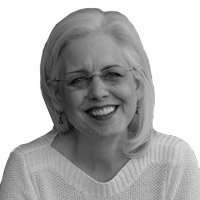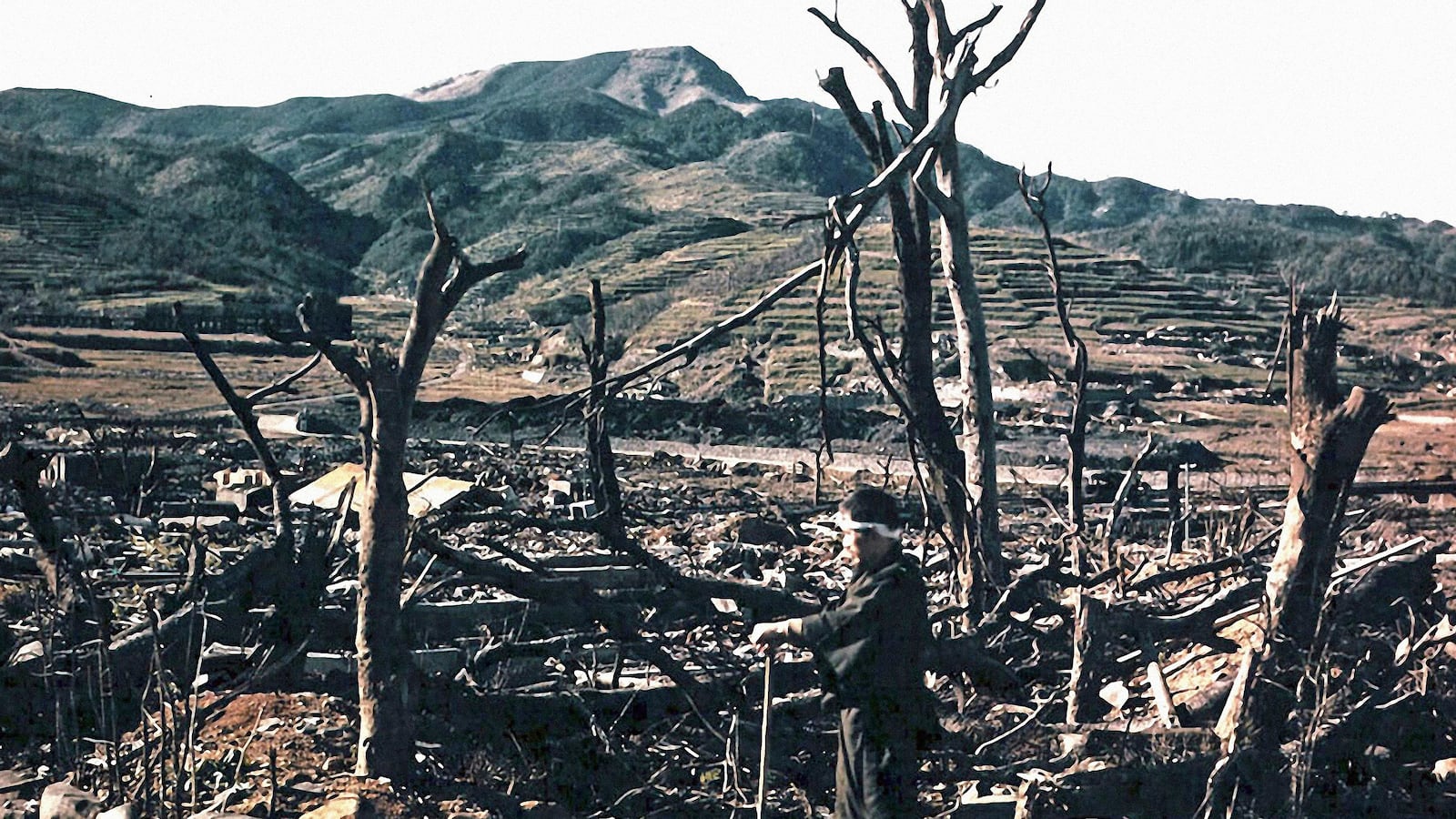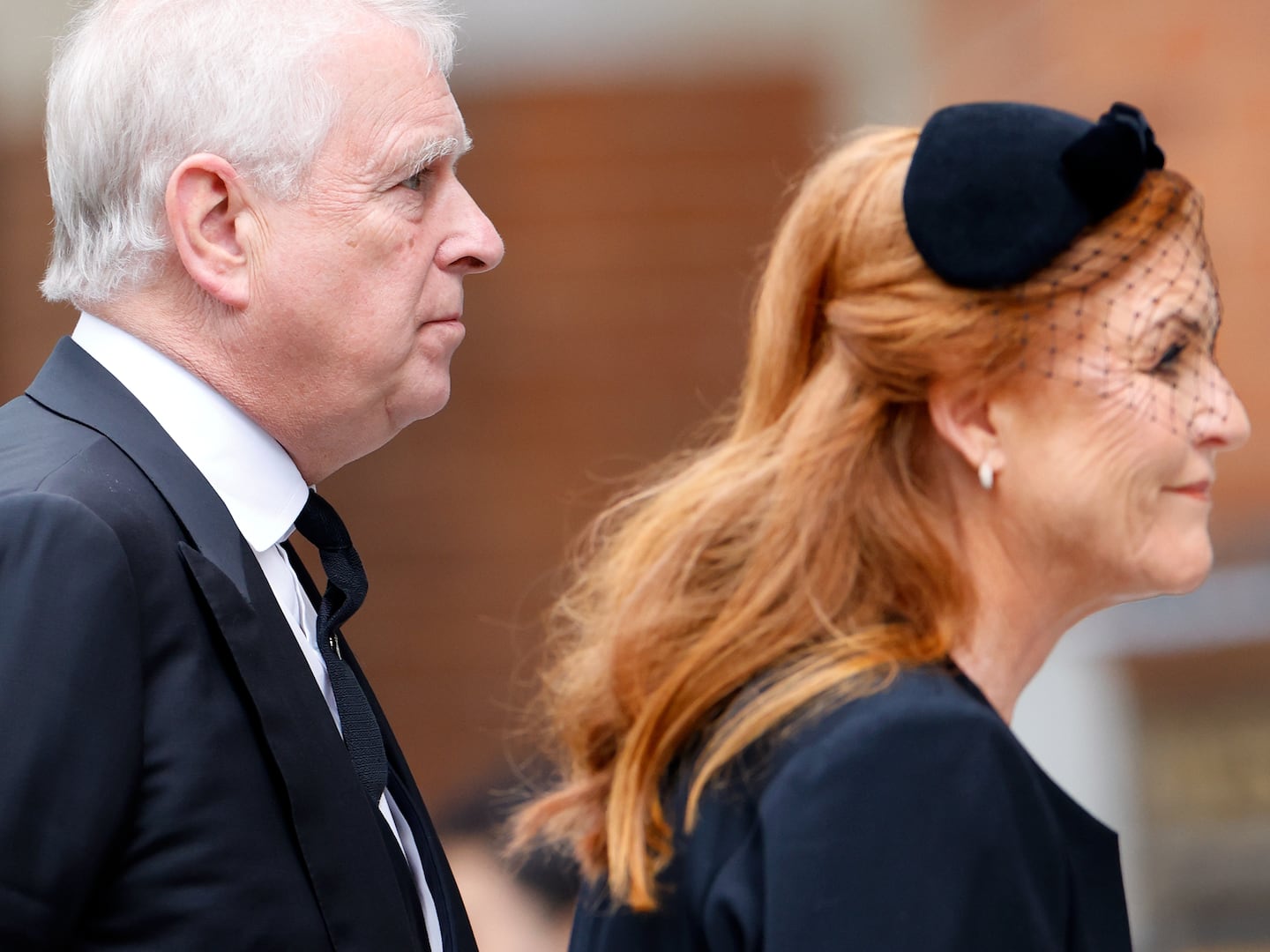Susan Southard’s award-winning book, Nagasaki: Life After Nuclear War, was just released in paperback for the 71st anniversary of the atomic bombings of Japan. Below is a short excerpt from Chapter 3-Embers, which takes place in the pre-dawn hours of August 10, 1945, some 16 hours after the atomic bombing of Nagasaki.
Three young people are mentioned here. Taniguchi Sumiteru, 16, was just over a mile from the bomb, delivering mail on his bicycle through the hills of northern Nagasaki when the blast force of the bomb threw him off his bicycle. His entire back was burned off, and he lay on a hillside for three days before being found. Thirteen-year-old Yoshida Katsuji had been only a half-mile away and was facing the bomb; he was thrown back 130 feet across a field, a road, and an irrigation channel, then plunged to the ground, landing on his back in a rice paddy flooded with shallow water. Yoshida’s body and face were brutally scorched. Nagano Estsuko, 15 (no relation to Governor Nagano in this excerpt), had been further away from the blast, over the mountains that enclosed Nagasaki on three sides. She had raced toward the annihilated city and by sheer coincidence she had run into her father as they both tried to get to their home near the center of the blast.
Nagasaki mayor Okada Jukichi had spent the night of August 9 atop a hill on the eastern border of the Urakami Valley, waiting in a panic for the fires below to diminish. At 3 a.m. on August 10, he made his way down the hill. In darkness lit only by scattered embers, he stumbled through debris and bodies to the place where his house had stood the day before, just a few hundred feet from the hypocenter. The soles of Okada’s shoes burned as he frantically combed through the hot ashes for his wife and children. Finding no trace of them, he hurried to the air raid shelter beneath his house to discover at least ten dead bodies, including those of his entire family. Simultaneously crazed and clearheaded, he proceeded to the next neighborhood over, where he identified the deceased family members of his deputy mayor.
Okada was one of the earliest witnesses to the still-smoldering hypocenter area, which had been totally unreachable the day before. Covered in soot, he ran across the low southeastern mountains bordering the Urakami Valley to the air raid shelter of the Nagasaki Prefecture Air Defense Headquarters near Suwa Shrine. The mayor reported what he had seen to Governor Nagano, estimating the death toll at fifty thousand people—far higher than Governor Nagano could have imagined. Stunned, the governor decided to request regular updates from police chiefs in each region of the city and to dispatch reports to Japan’s home minister in Tokyo every half hour with updated damages and fatality estimates from what he still called the new-type bomb.
While Okada was searching for his family in the middle of the night, a three-man documentary crew—veteran war photographer Yamahata Yōsuke, writer Higashi Jun, and painter Yamada Eiji—arrived at Michino-o Station, in the rural outskirts of Nagasaki two miles north of the hypocenter. The team, sent by Japan’s News and Information Bureau—the government’s military propaganda organization—had been given orders to record Nagasaki’s damages for use in anti-U.S. propaganda campaigns. Due to Nagasaki’s damaged tracks, Michino-o Station was as far south as the train could go.
After their 11-hour journey, the men stepped off into the cool night air and began walking toward the city to report to the military police headquarters in southern Nagasaki. Their path took them along hillsides near where Taniguchi lay. From the top of a small mountain at Nagasaki’s northern edge, the vast atomic plain lay before them, dotted by small fires still burning in the ruins. Layers of smoke wafted overhead.

“We made our first steps into this macabre domain,” Higashi later wrote, “as though embarking on a journey into a different world.” With only the light of the crescent moon and the scattered fires to help them see, the men reached the main prefectural road running north-south through the Urakami Valley, barely detectable beneath layers of ashen rubble. The air was hot. They stumbled over bodies and passed people lying on the ground begging for water. A mother, dazed and confused, held her dead child in her arms and whimpered for help. The men offered the victims kind and encouraging words, but there was little else they could do. Higashi, however, was aghast when he stepped on something “soft and spongy” and discovered that he was standing on the corpse of a horse, and he was terrified when a person suddenly surfaced from a hole in the ground and grabbed his leg, begging for help.
The men walked for two hours, past the areas where Yoshida lay on the ground and Nagano and her father huddled in a crowded air raid shelter. They finally reached the military police headquarters, damaged but still standing. After reporting in, the team walked to the hills to wait for the morning light.
From NAGASAKI: Life After Nuclear War by Susan Southard, published by Viking, an imprint of Penguin Publishing Group, a division of Penguin Random House LLC. Copyright © 2015 by Susan Southard.
Susan Southard holds an MFA in creative writing from Antioch University, Los Angeles, and was a nonfiction fellow at the Norman Mailer Center in Provincetown, Massachusetts. Nagasaki: Life After Nuclear War is the recipient of the 2016 Lukas Book Prize, sponsored by the Columbia School of Journalism and Harvard University’s Nieman Foundation for Journalism, and was named a best book of the year by The Washington Post, The Economist, the American Library Association, and Kirkus Reviews. Southard’s work has appeared in the New York Times, the Los Angeles Times, Politico, and Lapham’s Quarterly. She has taught nonfiction seminars at Arizona State University’s Piper Writers Studio and the University of Georgia, and directed creative writing programs for incarcerated youth and at a federal prison for women outside Phoenix. Southard lives in Phoenix, Arizona, where she is the founder and artistic director of Essential Theatre, now in its 27th season.






